Many everyday foods we eat may seem nutritious but actually offer very little vitamin C. Since this essential vitamin supports immunity and overall health, it’s helpful to know which items fall short.
Some foods are surprisingly low, while others contain almost none at all. Being aware of these choices can help you balance your diet and ensure you’re getting enough vitamin C from other sources.
1. Potatoes
Potatoes, a staple in many diets, are often celebrated for their versatility and heartiness. Despite their popularity, they surprisingly offer a minimal amount of vitamin C. Their dense texture and earthy taste make them a beloved ingredient in various cuisines, yet they aren’t the go-to for boosting vitamin C intake. Interestingly, while potatoes do contain some vitamin C, the levels are significantly lower than other fruits and vegetables. This might come as a surprise given their prevalence in meals worldwide. Incorporating other vitamin-rich foods is essential for a well-rounded diet.
2. Carrots
Carrots are often associated with eye health due to their high beta-carotene content, but they’re not a significant source of vitamin C. These root vegetables bring vibrant color and a crunchy texture to any dish, yet their contribution to vitamin C intake is minimal. While they are excellent for enhancing vision and providing antioxidants, relying on carrots for vitamin C isn’t advisable. They play a crucial role in a balanced diet, providing fiber and essential nutrients, just not in the vitamin C department.
3. Cucumber
The cool, refreshing nature of cucumbers makes them a popular choice in salads and infusions. Despite their hydrating properties, cucumbers are surprisingly low in vitamin C. Their crisp texture and subtle flavor profile add a touch of freshness to meals, but they don’t offer much in terms of this essential nutrient. As they are mostly water, cucumbers excel at hydration rather than vitamin C provision. Including them in your diet is beneficial, but pairing them with more vitamin-rich foods is wise for better nutrition.
4. Apples
Apples, often dubbed as ‘nature’s candy,’ are enjoyed globally for their sweet and tangy taste. However, when it comes to vitamin C, they fall short. While apples are rich in fiber and various antioxidants, they are not the top choice for vitamin C. Their skin and flesh provide a delightful crunch, yet they should not be relied upon for this vitamin specifically. Apples are best enjoyed as a snack or dessert component, adding variety without significantly boosting vitamin C levels.
5. Eggs
Eggs are revered for their protein content and versatility in cooking but are notably low in vitamin C. These breakfast staples provide a wealth of nutrients like vitamin B12 and choline, yet they do not contribute to your vitamin C intake. As a complete protein source, eggs are fantastic for muscle building and overall health, excluding vitamin C enrichment. Pairing them with vitamin-rich foods like spinach or oranges can create a more balanced meal.
6. Bananas
Bananas are cherished for their potassium content and convenient snackability, but they offer little in the way of vitamin C. Their creamy texture and natural sweetness make them a favorite for quick energy boosts, yet they’re not a significant source of this vitamin. While they are excellent for preventing cramps and promoting heart health, bananas don’t contribute much to your vitamin C needs. They pair well with other fruits like oranges or strawberries for a more vitamin-rich snack.
7. Milk
Milk, a staple in many diets for its calcium and vitamin D, is surprisingly low in vitamin C content. While it supports bone health and growth through its rich nutrient profile, it doesn’t aid in fulfilling your vitamin C requirements. Often consumed in various forms like cheese and yogurt, milk provides essential nutrients, but vitamin C is not one of them. Accompanying it with citrus fruits or berries can help achieve a more comprehensive nutrient intake.
8. Cheese
Cheese, beloved for its creamy texture and rich flavor, adds a delightful element to many dishes, yet it contains almost no vitamin C. Often featured in culinary delights for its savory taste, cheese is more about calcium and protein than vitamins. Its fermentation process and dairy origin contribute to its nutritional profile, but vitamin C remains absent. Enjoy cheese for its taste and texture, but don’t count on it for this particular vitamin.
9. Chicken
Chicken is a versatile protein source, perfect for a wide range of dishes, but it lacks vitamin C. Known for its high protein content, chicken is a staple in many diets for muscle building and repair. Its mild flavor makes it adaptable to various cuisines, yet it falls short in providing vitamin C. Complementing chicken dishes with a side of vegetables rich in this vitamin can enhance the nutritional profile of your meal.
10. Bread
Bread, a fundamental component of many meals worldwide, offers almost no vitamin C. Valued for its filling nature and carbohydrate content, bread is enjoyed in various forms from sandwiches to toasts. While it provides energy and can be enriched with grains and seeds, vitamin C is not part of its nutritional offering. Incorporating fruits or vegetables alongside bread can help round out your vitamin intake.
11. Olive Oil
Olive oil, celebrated for its heart-healthy fats and flavorful addition to dishes, contains virtually no vitamin C. This cornerstone of Mediterranean cuisine excels in providing monounsaturated fats and antioxidants but lacks vitamin C. Its rich taste enhances salads and cooking, yet it serves mostly for flavor and health benefits unrelated to this vitamin. Pairing olive oil with vitamin-rich foods can create a balanced dietary experience.
12. White Rice
White rice, a staple grain in many cultures, provides almost no vitamin C. Known for its energy-boosting carbohydrates, white rice is a common base for meals but doesn’t contribute to vitamin C intake. Its mild flavor makes it a versatile side, complementing a wide range of dishes. For a nutrient-rich meal, it’s beneficial to serve rice with vegetables or sauces high in vitamin C.
13. Pasta
Pasta, a beloved comfort food, offers virtually no vitamin C despite its popularity. Loved for its adaptability and pairing with diverse sauces, pasta provides energy but not this particular vitamin. Its rich, starchy nature makes it a favorite in hearty meals, yet it requires companions that are vitamin C-rich to create a truly balanced dish.
14. Butter
Butter, often used to enhance the flavor of dishes, has almost no vitamin C content. This dairy product is cherished for its creamy texture and ability to enrich foods, but it is not a source of vitamins. Spread on bread or melted over vegetables, butter adds richness without boosting your vitamin C levels. Pairing it with fruits or juices can help achieve a more diverse nutrient profile.
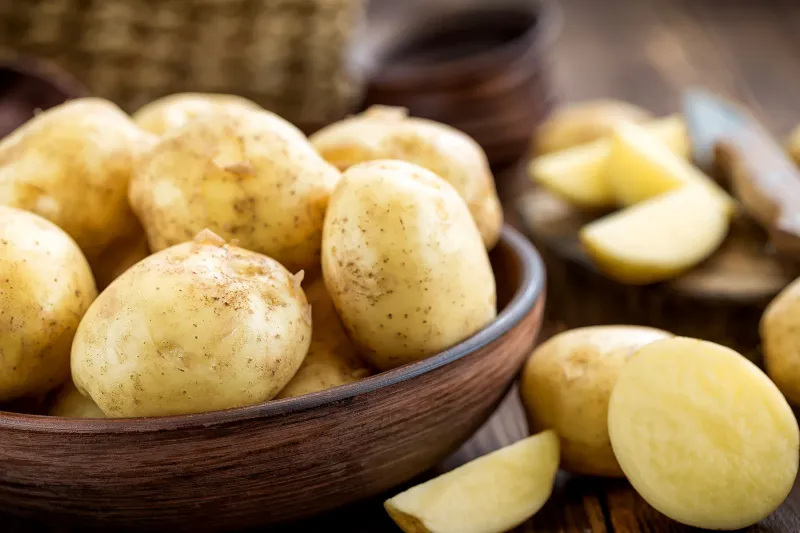
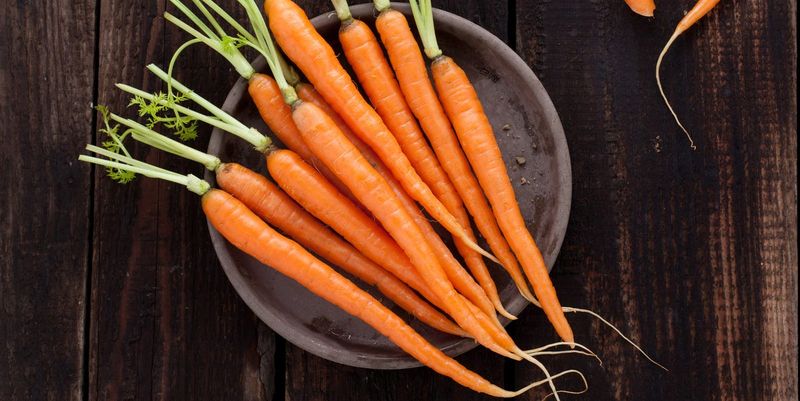
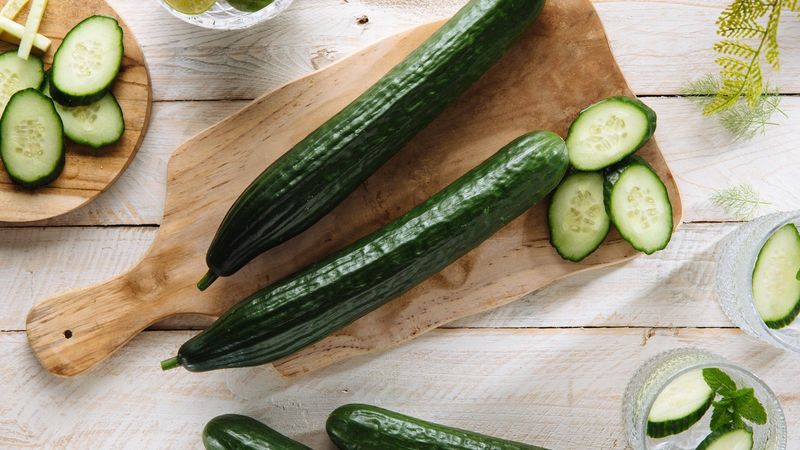
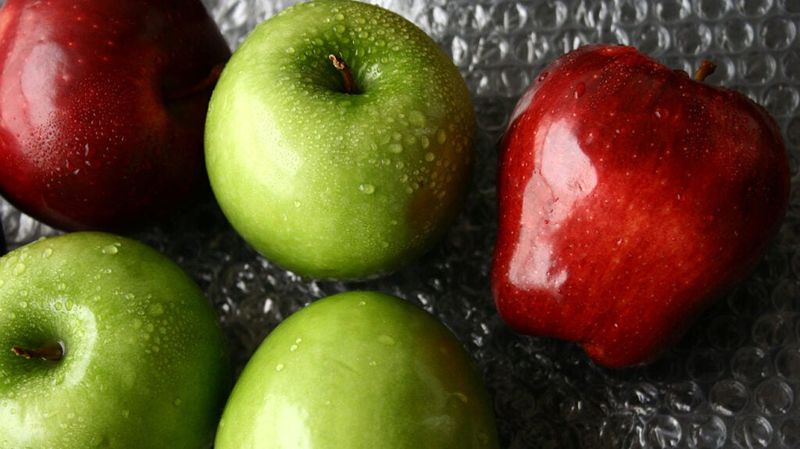
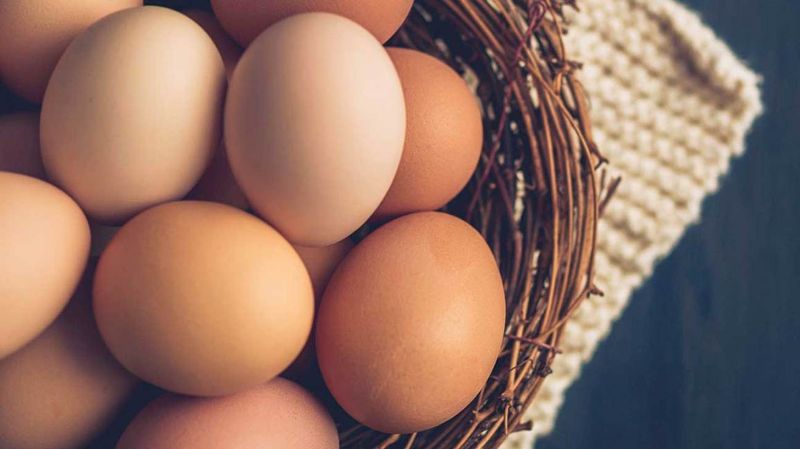
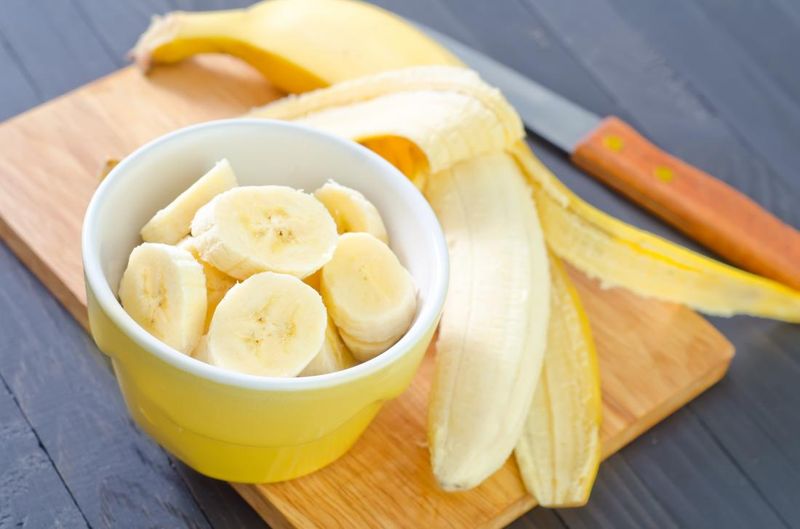
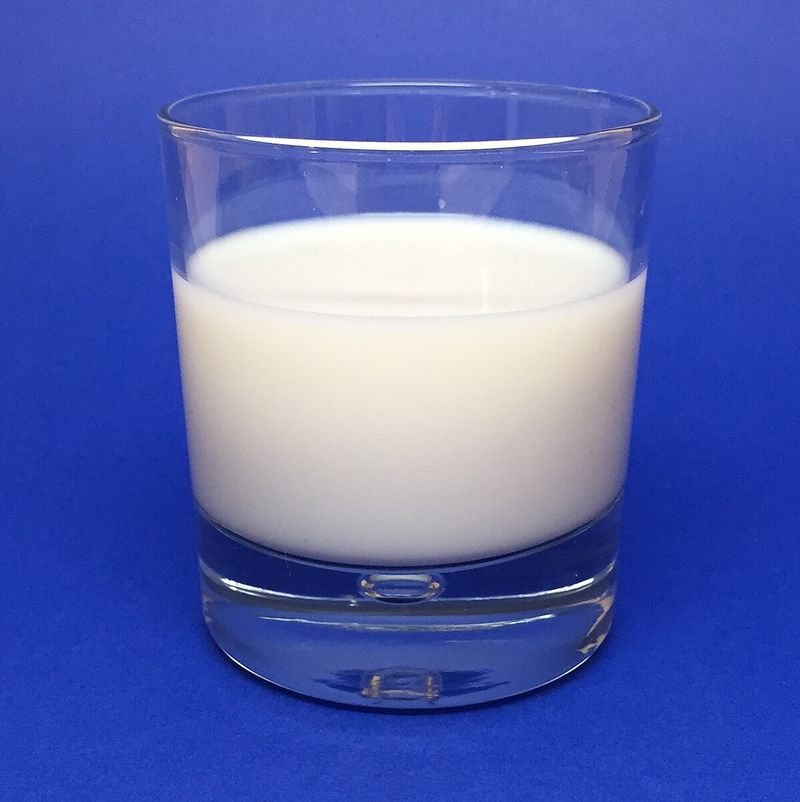
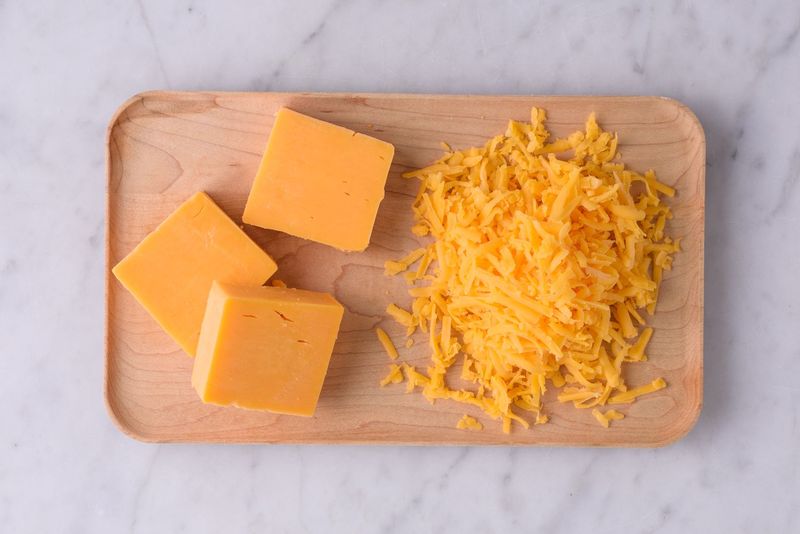
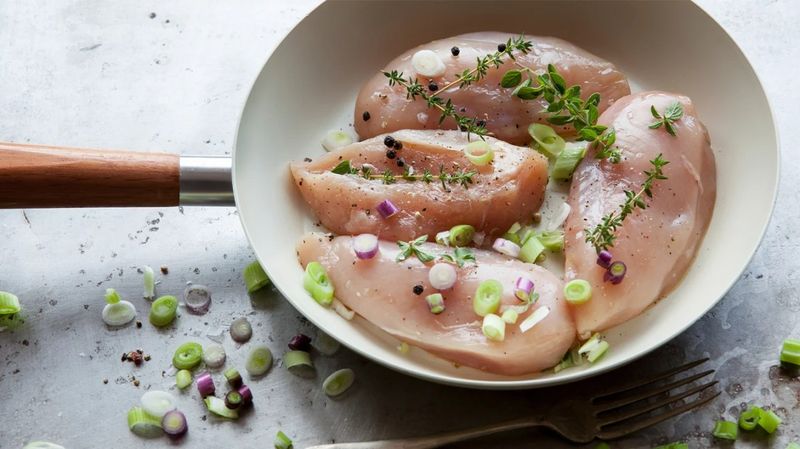
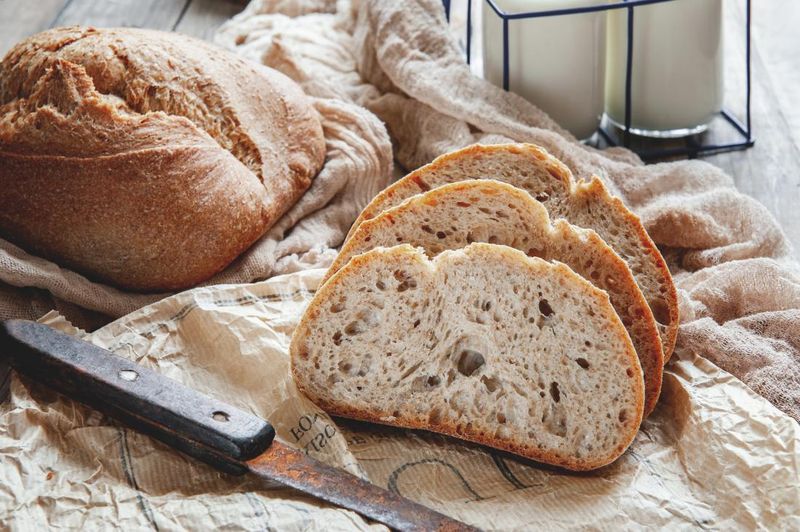
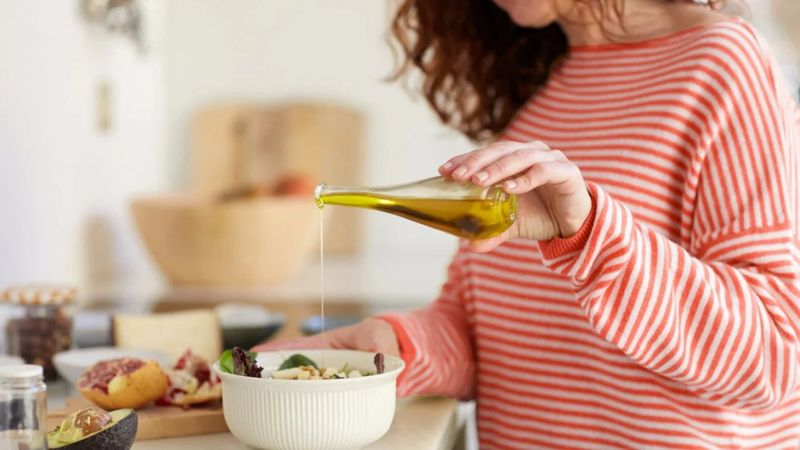
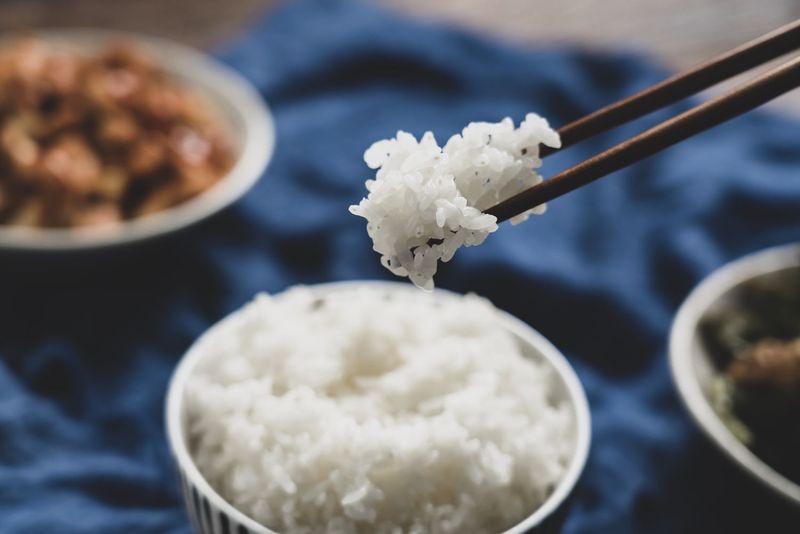
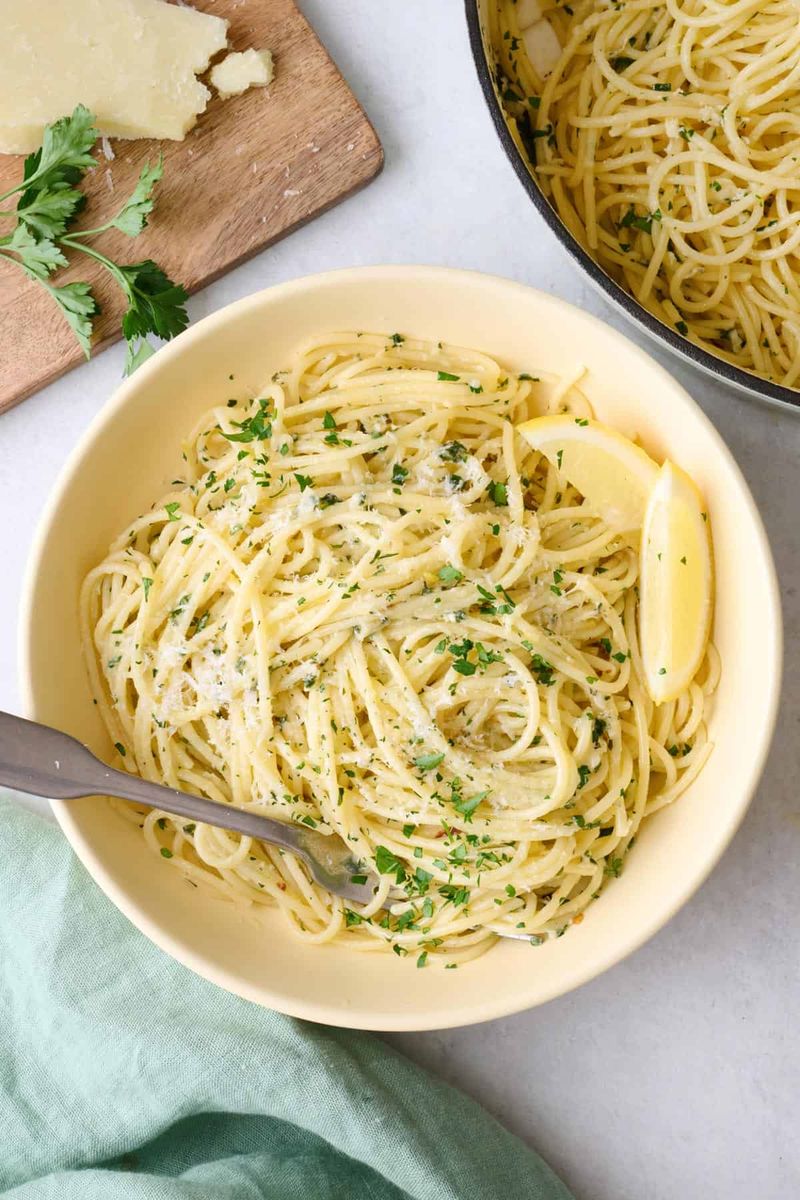
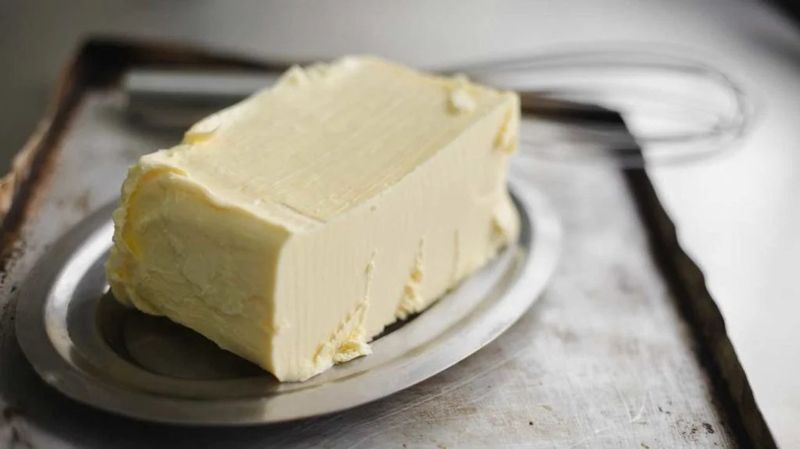
Leave a comment